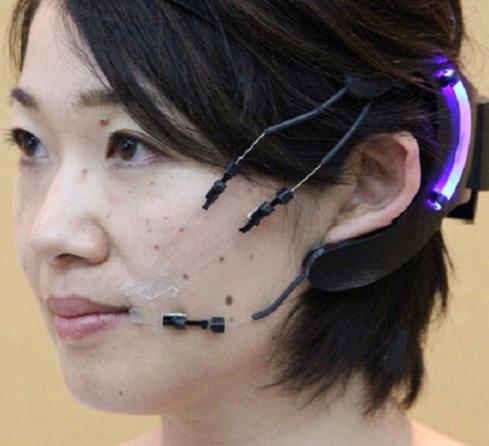Healthcare's Looming Disruption: How Can IT Prepare?Healthcare's Looming Disruption: How Can IT Prepare?
A new Gartner Maverick report says that annual physical medical exams and primary care doctors are about to be disrupted by IoT medical devices and algorithm. Here's how IT must shift to accommodate the change.


10 Medical-Device Wearables To Improve Patients' Lives
10 Medical-Device Wearables To Improve Patients' Lives (Click image for larger view and slideshow.)
Attend any IT industry event and you're likely to see plenty of technology workers wearing Fitbits, Apple Watches, or other wearable devices that are designed to track health and fitness. Tech workers generally have an affinity for experimenting with new technology that could shape their future.
What if these are only the first generation of healthcare-related internet of things (IoT) devices that will ultimately disrupt our healthcare system and, in some cases, replace primary care physicians?
IT pros will be at the epicenter of this movement, which is described in a recent Gartner Maverick report stating that virtual personal health assistants (VPHAs), smart devices, algorithms, and analytics are poised to change the first line of healthcare delivery. People will no longer need to take a half-day from work to read three-year-old print magazines in doctors' waiting rooms.
Instead, smart devices will be able to track blood glucose, body temperature, blood pressure, the bacteria and gases in your breath, and more. They will also be able to provide feedback and recommendations based on these regular inputs.
If needed, the feedback may include referrals for further testing or an actual doctor visit. This Gartner Maverick report says that this new combination of technologies, many of which are already available, could replace annual physicals with primary care physicians by 2025.
"Analytics is the backbone of all of it," Gartner research director and report author Laura Craft told information in an interview. Before her six years at Gartner, Craft's career included work in data management, analytics, and application delivery at hospitals and universities.
In this new scenario, described by Craft's report, "Maverick Research: Endangered! How Technology Will Cause Extinction of the Primary Care Tier of Medicine," IT organizations will play a central role in providing that analytics backbone.
But we're not there yet. While many of the needed technologies already exist or are under development, healthcare organizations are still developing the IT infrastructure and applications to make all this happen.
"I don't think any healthcare organization is ready now," Craft said. "There are healthcare delivery organizations that are very advanced in working with data, but they are the exception rather than the norm."
[Interested in the healthcare devices that made a splash at CES 2016? Read 10 Healthcare Wearables Devices Dominating CES.]
Other obstacles go beyond technology and include legal concerns, regulatory concerns, and more. Craft told information that one of the big changes needed to make this work will entail ensuring that health information is centered on individual patients rather than maintaining the status quo -- where individual patient information is siloed within multiple healthcare providers, from physician EHRs, to pharmacies, to labs.
Craft calls this "orchestration of data storage," and identified an existing technology, blockchain, as something that might be applied to the problem. (Blockchain is a distributed data technology famous for its use with Bitcoin.)
Another challenge will be accepting the fact that no algorithm is perfect. Even though algorithms are less likely to make mistakes than humans are, most of us are more willing to forgive humans than algorithms.
In her report, Craft identified some early technologies and development efforts that could mark the first generation patient data collection devices and tools. They include the following:
Apple HealthKit, a software development kit (SDK) that makes the iOS platform a point of normalization and distribution of health and wellness data. It can work with third-party apps to let the user see results from lab test and medical exams. It can also serve as a data collection device for information such as heart rate or calories burned.
The TytoCare device, which lets "anyone perform a comprehensive medical exam anywhere, anytime" by walking the user through each step of complete exam, including checks of heart, lungs, ears, skin, throat, eyes, and temperature. Once the exam is complete, the user has the option of having a telehealth consult or sending the results to a doctor.
The Wize Mirror, which looks like a mirror, but incorporates 3D scanners, multispectral cameras, and gas sensors to assess the health of someone looking into it. The device examines the person's face, looking at fatty tissue and facial expressions, and notes how flushed or pale the person is.
Such devices may be paid for by insurance companies. Otherwise, consumer patients may receive some kind of incentives to use them.
Meanwhile, IT organizations can start to think about how their operations and infrastructures may need to be redesigned to meet the needs of a new age of healthcare IT.
"No tech shop is prepared from soup to nuts for these changes," Craft said. "They will require a change in how we think about enterprise architecture."
About the Author
You May Also Like






